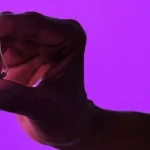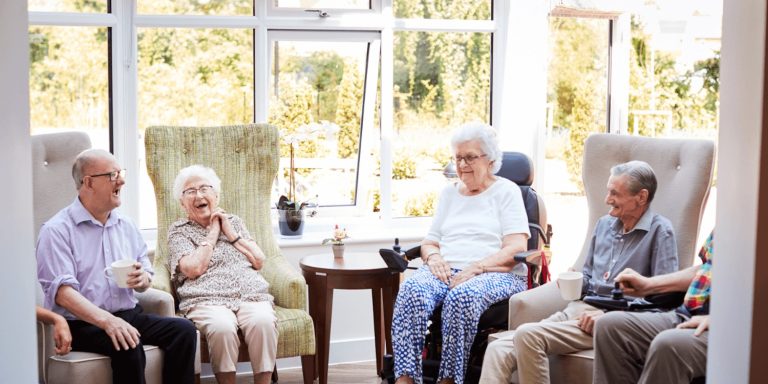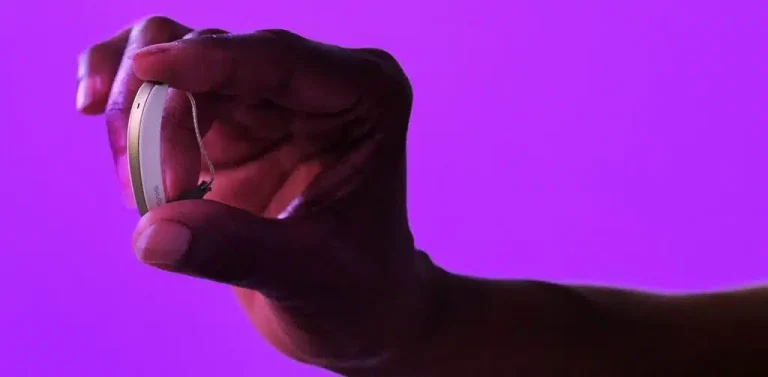Doctors and researchers are seeing an increasing number of cases of blue light insomnia among people who use computers, tablets and smartphones in the hours before they try to fall asleep.
Blue light insomnia is not a new disorder, but it is on the grow as we spend more time in front of electronics such as the digital devices that are rarely more than an arm’s length from our eyes.
More and more disorders are linked to overexposure to blue light, which is the highest-energy portion of the visible light spectrum. Blue light insomnia is a result of disruption of our bodies’ production of melatonin and the subsequent disruption of our circadian rhythms. Melatonin, produced by a gland in our brains, controls our sleep-awake cycles. The circadian rhythm is our body’s cycle of energized and drowsy periods.
Blue light wavelengths produced by electronics and overhead lights boost attention, reaction times and mood, according to Harvard Medical School. This can be great for the daytime when the body needs to be alert, but at night it can become a problem.
Blue light is linked to a variety of ailments, including eye strain, macular degeneration and, in addition to blue light insomnia, other disorders affecting learning and behavior.
It is impossible to avoid blue light altogether. It is perceived through our eyes from natural sources – the sun – and artificial sources – lighting and the screens of televisions, computers, digital tablets and smartphones.
Blue light reduction technology works.
“While it is impossible to avoid blue light, doctors do recommend steps to minimize the amount of blue light we see and control the hours during which we are exposed to blue light emissions,” said Dr. Terry Lee Forrest, a North Carolina-based ophthalmologist. “People who suffer from blue light insomnia are wise to seek relief by limiting and regulating the amount of high energy light to which they are exposed.”
One of the key steps blue light insomnia sufferers can take is to avoid viewing the screens of computers, digital tablet devices and smartphones, Dr. Forrest said.
That can be difficult, however, as we rely on computers and other electronic devices increasingly for the information we read, for studying schoolwork and managing household finances and other tasks, for communication and social media activities, and even for playing games.
“A very high percentage of those activities occur during evening and night hours near the time when most of us will soon be going to sleep — thus exacerbating the risks of developing blue light insomnia,” Dr. Forrest said.
Special blue light reduction (BLR) technology provides forhigh-quality lighting with dramatically reduced emissions of blue light.BLR lamps are available as tabletop and floor models that can be aimed at reading, study and work areas.
The screens of our digital devices also can be modified to reduce the blue light they send to our eyes. Many doctors today recommend that their patients install blue light filters on their computer, tablet and smartphone screens.
Benefits of BLR lighting at home, in the office or out in the shop, and of blue light filters on digital devices extend beyond helping those suffering from blue light insomnia. The products also can reduce eye strain, minimize the risks of long-term eye damage such as macular degeneration, and, among young people, developing learning or behavior disorders.





















